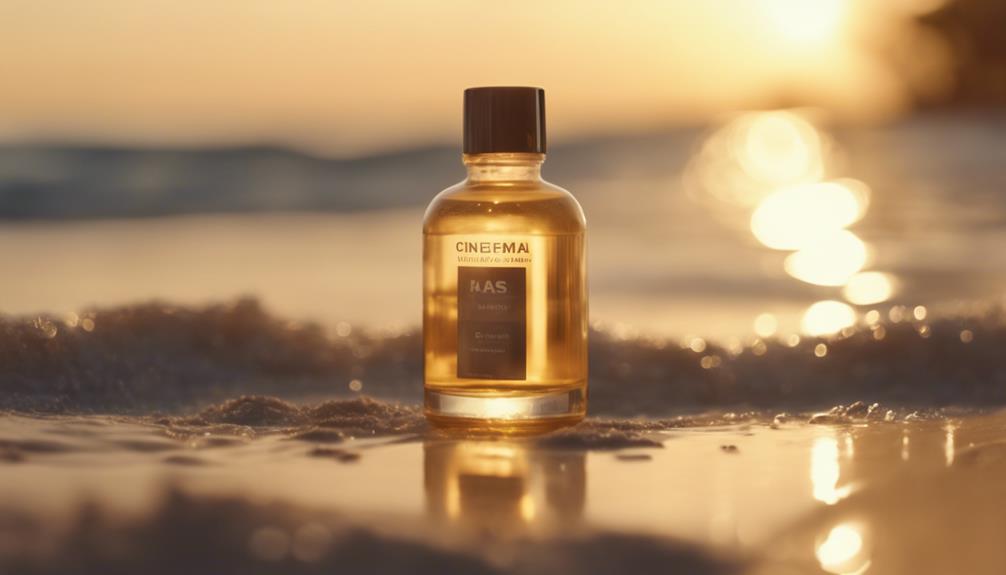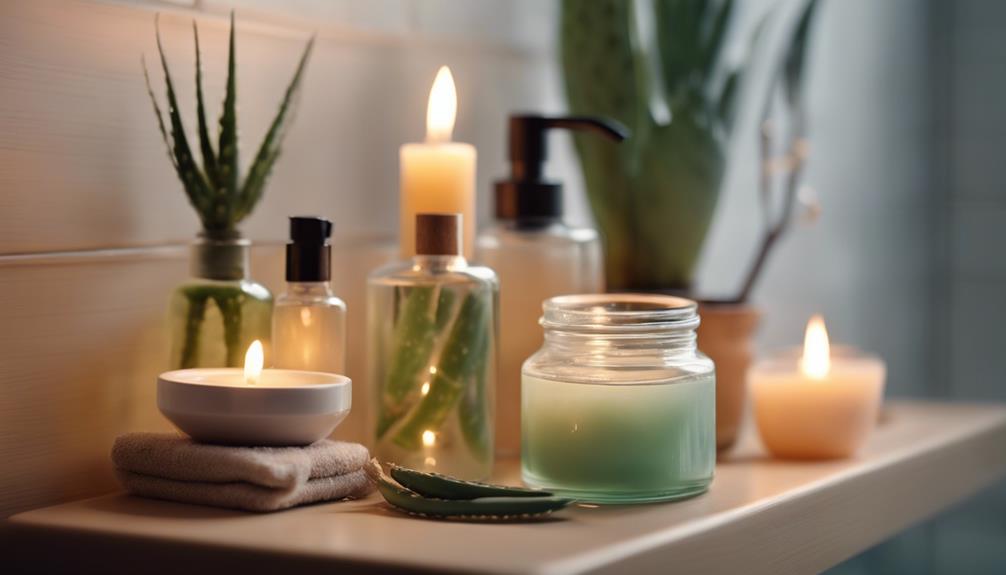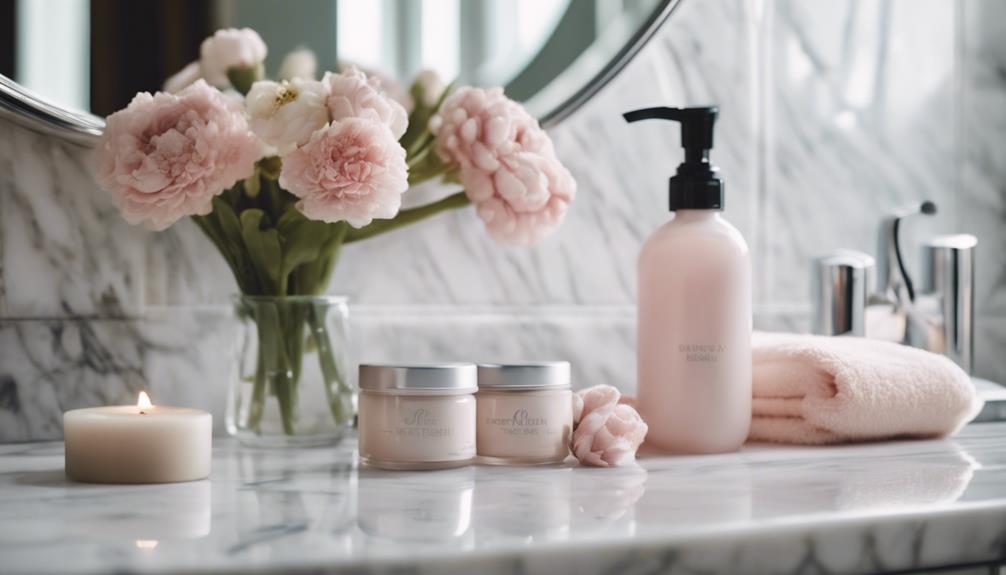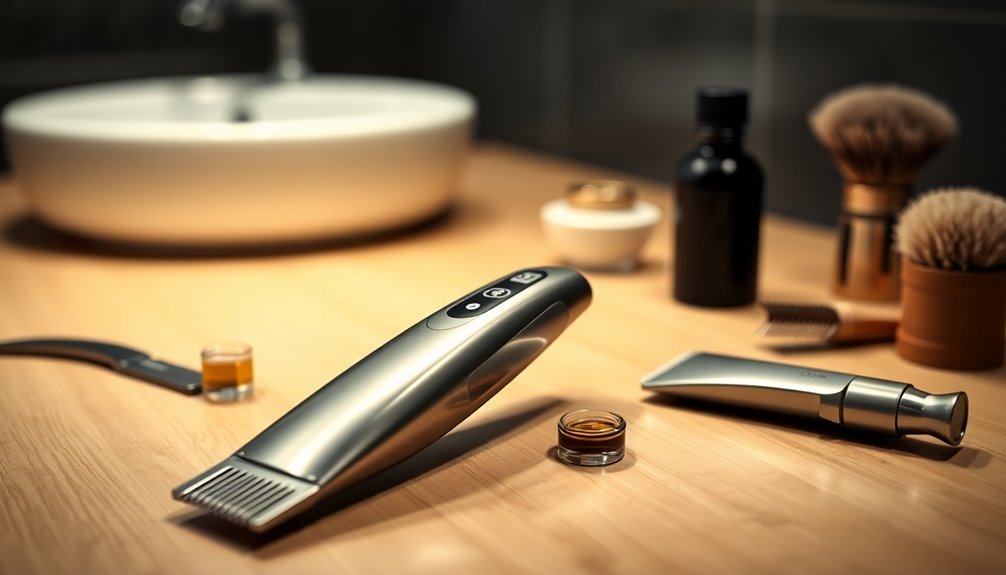To achieve that perfect tan is not only about sunbathing; it’s about understanding your unique skin type! For example, if you have fair skin, you should start with just a few minutes and gradually increase. Those with medium and olive skin can stay out longer, but remember, slow and steady wins the race to a golden glow! Always exfoliate before tanning, moisturize thoroughly, and use the appropriate products for your skin type. Think of it as creating a delicious recipe where each ingredient is important. Interested in learning about accessories or products that will enhance your glow even more? Just stay tuned!
Key Takeaways
- Fair skin should start with 5-10 minutes of tanning, gradually increasing time to avoid burns.
- Beige skin can begin with 10-20 minutes and should extend tanning duration slowly.
- Medium skin types can tan for 20-30 minutes, adjusting based on individual skin response.
- Olive skin can enjoy longer sessions, typically around 30-40 minutes, while monitoring skin condition.
Skin Type Overview
Determining your skin type is essential for tailoring your tanning experience and ensuring safety during sessions. Think of your skin type as the starting point of your tanning adventure!
If you have fair skin, you might be more like a delicate flower, needing extra care and protection. On the other hand, if your skin is medium or olive, you can plunge into tanning with a bit more confidence.
Each skin type reacts differently, just like how some friends prefer pizza while others love tacos! So, before you hit the tanning bed, take a moment to understand your skin.
This knowledge helps you avoid sunburns and achieve that perfect glow, making your tanning journey not only safer but also way more fun!
Tanning Time Guidelines

When planning your tanning sessions, it's important to follow specific time guidelines based on your skin type to maximize results while minimizing the risk of burns.
If you have fair skin, start with just a few minutes, like dipping your toes in a pool, and gradually work your way up.
For beige skin, you can increase your time a bit more, but don't rush it!
Medium skin types can handle slightly longer sessions, while olive skin can enjoy even more time under the sun.
If your skin is honey-toned, you can bask a bit longer; just remember to build up gradually.
Think of it like leveling up in a video game; each session helps you access that perfect tan!
Preparing Your Skin
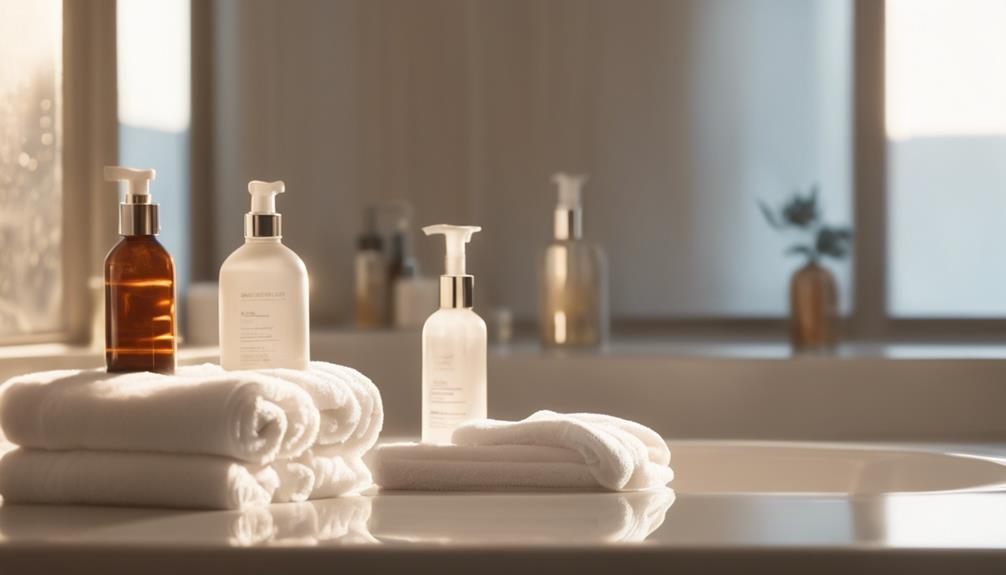
Preparing your skin properly can greatly enhance your tanning experience and results. Think of it like prepping for a big game; you wouldn't just show up without warming up first!
Here are some key steps to follow:
- Exfoliate: Scrub away dead skin cells 24 hours before tanning.
- Moisturize: Keep your skin hydrated, but skip lotions with SPF or oils.
- Hydrate: Drink plenty of water to keep your skin looking fresh.
Skin Protection Methods

Protecting your skin during tanning sessions is essential to avoid damage and guarantee lasting results. You want to keep your skin healthy while getting that sun-kissed glow! So, remember to take it slow—start with shorter sessions and gradually increase your time. Staying hydrated is key, too; drinking water helps your skin look its best! And don't forget those goggles; your eyes need protection just as much as your skin does.
| Protection Method | Importance |
|---|---|
| Start Slowly | Prevents burns |
| Stay Hydrated | Maintains skin health |
| Use Indoor Lotions | Enhances tanning results |
| Schedule Wisely | Reduces UV overexposure |
| Protect Your Eyes | Essential for safety |
With these tips, you'll be on your way to a fabulous tan!
Essential Tanning Accessories
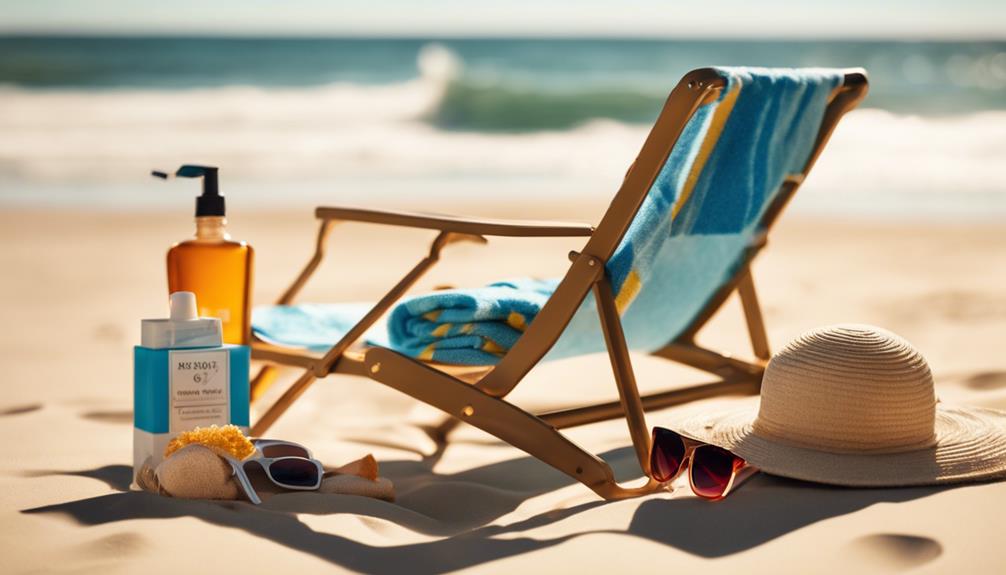
Essential tanning accessories are crucial for maximizing your tanning experience while guaranteeing safety and skin health. Think of them as your tanning superheroes, ready to protect you while you soak up those rays!
Here are four must-haves to contemplate:
- Tanning Bed Goggles: They shield your eyes from harmful UV rays, so you can look fabulous without risk.
- Tanning Bed Face Covers: These protect your delicate facial skin from damage and keep you looking youthful.
- Moisturizing Lotion: Keeping your skin hydrated helps maintain your tan and prevent dryness.
With these essentials, you're set for a safe and successful tanning adventure!
Effective Tanning Products

Finding the right tanning products can make all the difference in achieving a beautiful, lasting glow. Think of it like picking the perfect ice cream flavor; you want what suits you best!
Start with a bronzer lotion that matches your skin type. Look for nourishing ingredients like DHA, which gives a natural-looking tan. Exfoliating before you apply is like prepping your canvas for a masterpiece!
Once you've tanned, don't forget post-tanning care. A gentle cleanse and a good moisturizer can keep your tan vibrant, just like watering a plant helps it flourish.
Safe Alternatives to Tanning Beds

Exploring safe alternatives to tanning beds can help you achieve a radiant glow without the risks associated with UV exposure. Instead of risking skin damage, why not try some fun options?
Check out these alternatives:
- Sunless Tanning Products: Lotions, sprays, or mousses can give you that bronzed look without the sun.
- Bronzers: These are great for a quick glow; just apply and go!
- Self-Tanning Wipes: Perfect for on-the-go tans, they're easy and mess-free.
Frequently Asked Questions
How Often Should I Tan for Optimal Results?
To achieve ideal results, you should tan gradually, starting with once or twice a week. Monitor your skin's response, and increase frequency as needed while ensuring you avoid overexposure to prevent burns.
Can I Tan if I Have Sensitive Skin?
Sure, you can tan with sensitive skin—just like walking barefoot on hot coals! Start slow, listen to your body, and prioritize gentle products. Protect your skin to avoid that lovely lobster look.
What Should I Do if I Get Sunburned?
If you get sunburned, cool your skin with cold compresses, hydrate, and apply aloe vera or soothing lotion. Avoid further sun exposure and let your skin heal naturally to prevent long-term damage.
Are There Any Health Risks Associated With Tanning Beds?
Yes, there are health risks associated with tanning beds. You could experience skin damage, premature aging, and an increased risk of skin cancer. Always prioritize your skin's health and consider safer alternatives for achieving a tan.
How Long Does a Tan Typically Last?
A tan's lifespan can be like a fleeting sunset, typically lasting about 5 to 10 days. It fades as your skin naturally exfoliates, so keep it nourished and hydrated to prolong that sun-kissed glow.
Does the Timing of My Shower Affect My Tanning Results?
The timing of your shower could impact your tanning results. It’s recommended to wait several hours before showering after tanning to allow your skin to fully absorb the UV rays. Timing your perfect tan with a shower afterwards could affect the overall outcome of your tanning session.
Conclusion
With the right knowledge about your skin type and tanning times, you're well on your way to rocking that sun-kissed glow—without ever stepping outside.
Just remember, it's all about balancing safety and style. After all, you don't want to be in hot water with a bad burn!
So, equip yourself with the right products and techniques, and you'll shine bright like a diamond.
Happy tanning!
